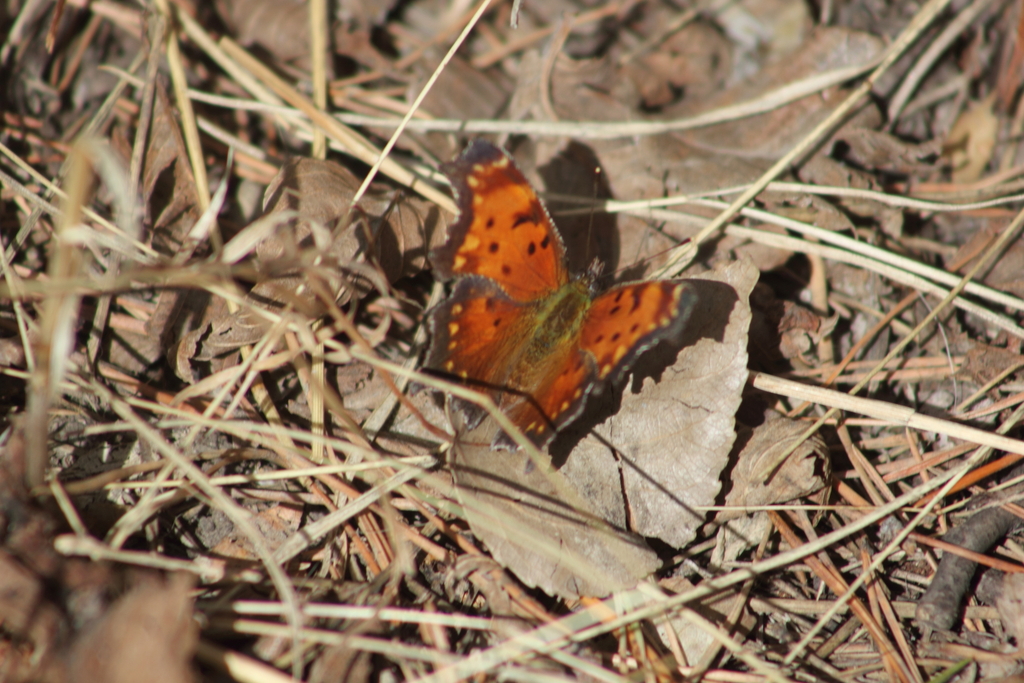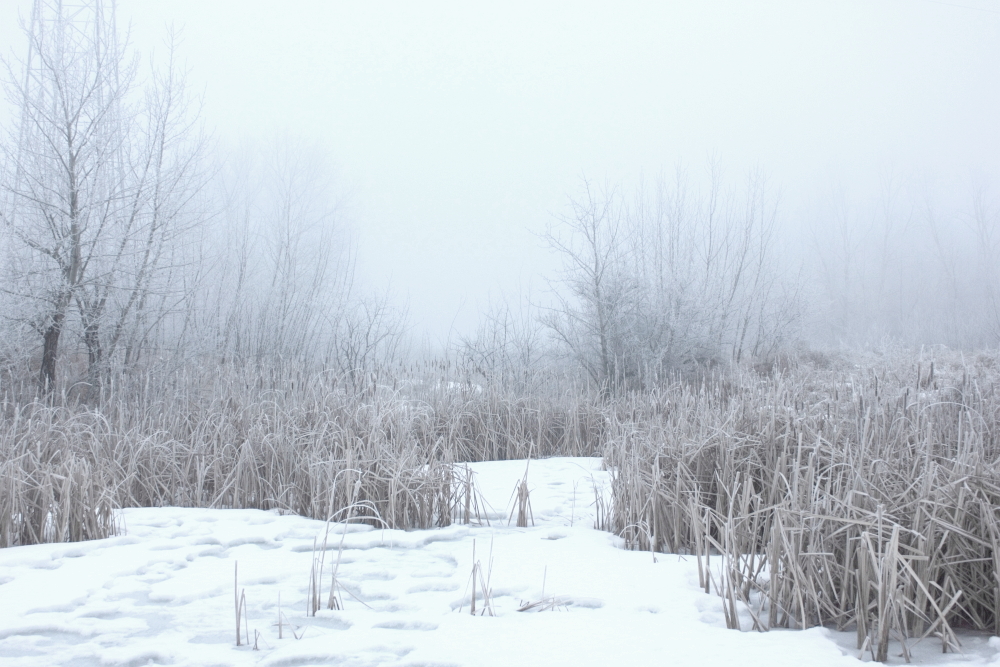Harmony in Nature’s Heart: Chronicles of the Saskatoon Afforestation Fellowship
In the year 2024, a game-changing opportunity arose, promising to amplify the punch of every donation aimed at keeping things green. “Make It Monthly 2024” hit the streets, a bonus donation scheme where CanadaHelps tosses in an extra twenty bucks for every new monthly donation of twenty or more. This move was all about keeping the momentum going, making sure this charity sticks to their vision with stability and long-term game plans. One of the players in the mix was the Friends of the Saskatoon Afforestation Areas, a bunch of naturalists aiming to keep nature in the black in Saskatoon.





For these Friends, this was their bread and butter. With their hustle on the ground, they were all about sowing the seeds of tomorrow while keeping the locals happy. The “A Vision for a Sustainable Future GPS-PFG” gig was their main jam, focusing on a GPS Prairie Forest Guide (PFG) app that was meant to be the bomb, giving folks the lowdown on the local flora and fauna. It was all about connecting the dots between nature, traditional ecological knowledge, and playing it smart.
Another gig on the menu is the “Saskatoon City Nature Challenge CNCYXE2024,” getting folks to roll up their sleeves and pitch in on the biodiversity front through citizen science. It is all about getting out there and keeping tabs on the local critters and plants.
Then there is the “A forest of activity, a canopy of health, ParticipACTION Community Challenge,” giving the locals a kick in the pants to get outdoors and break a sweat. It is about health, happiness, and getting back in touch with what’s real.
Now, for those looking for some thrills, the Friends of the Saskatoon Afforestation Areas and some local sled dog mushers had a proposition: Frozen Trails and Wagging Tails: Dog Sledding Delight at Richard St. Barbe Baker Afforestation Area. It was all about hitting the snowy trails and throwing a bone to nature in Saskatoon. They were all about making memories and soaking in the sights and sounds of WinterCity YXE. Your dough is what makes it all possible.
So, with each dime dropped and a little extra from CanadaHelps, the Friends of the Saskatoon Afforestation Areas could keep the wheels turning. They were doubling down on the green game, keeping the fires burning bright for a tomorrow that looked a little greener. “Make It Monthly 2024” and let’s double down on the good stuff. After all, a sustainable future starts with you.





For directions as to how to drive to “George Genereux” Urban Regional Park
For directions on how to drive to Richard St. Barbe Baker Afforestation Area
For more information:
NEW P4G District Official Community Plan
Richard St. Barbe Baker Afforestation Area is located in Saskatoon, Saskatchewan, Canada north of Cedar Villa Road, within city limits, in the furthest south west area of the city. 52° 06′ 106° 45′
Addresses:
Part SE 23-36-6 – Afforestation Area – 241 Township Road 362-A
Part SE 23-36-6 – SW Off-Leash Recreation Area (Richard St. Barbe Baker Afforestation Area ) – 355 Township Road 362-A
S ½ 22-36-6 Richard St. Barbe Baker Afforestation Area (West of SW OLRA) – 467 Township Road 362-A
NE 21-36-6 “George Genereux” Afforestation Area – 133 Range Road 3063
Wikimapia Map: type in Richard St. Barbe Baker Afforestation Area
Google Maps South West Off Leash area location pin at parking lot
Web page: https://stbarbebaker.wordpress.com
Where is the Richard St. Barbe Baker Afforestation Area? with map
Where is the George Genereux Urban Regional Park (Afforestation Area)?with map
Blogger: FriendsAfforestation
Tumblr friendsafforestation.tumblr.comFacebook Group Page: Users of the George Genereux Urban Regional Park
Facebook: StBarbeBaker Afforestation Area
Facebook for the non profit Charity Friends of the Saskatoon Afforestation Areas Inc. FriendsAreas
Facebook group page : Users of the St Barbe Baker Afforestation Area
Twitter: St Barbe Baker Charity Twitter:FriendsAreas
Please help protect / enhance your afforestation areas, please contact the Friends of the Saskatoon Afforestation Areas Inc. (e-mail / e-transfers )
Donate your old vehicle, here’s how!
Support using Canada Helps
Support via a recycling bottle donation
United Nations Decade on Ecosystem Restoration
- Use the UN Decade’s Visual Identity
- Make it your own
- Spread the word about the UN Decade
- Let’s Bring Back Forests
- Let’s Green Our Cities
““Be like a tree in pursuit of your cause. Stand firm, grip hard, thrust upward. Bend to the winds of heaven..”
Richard St. Barbe Baker





